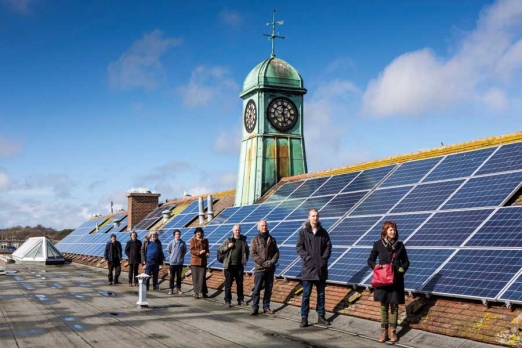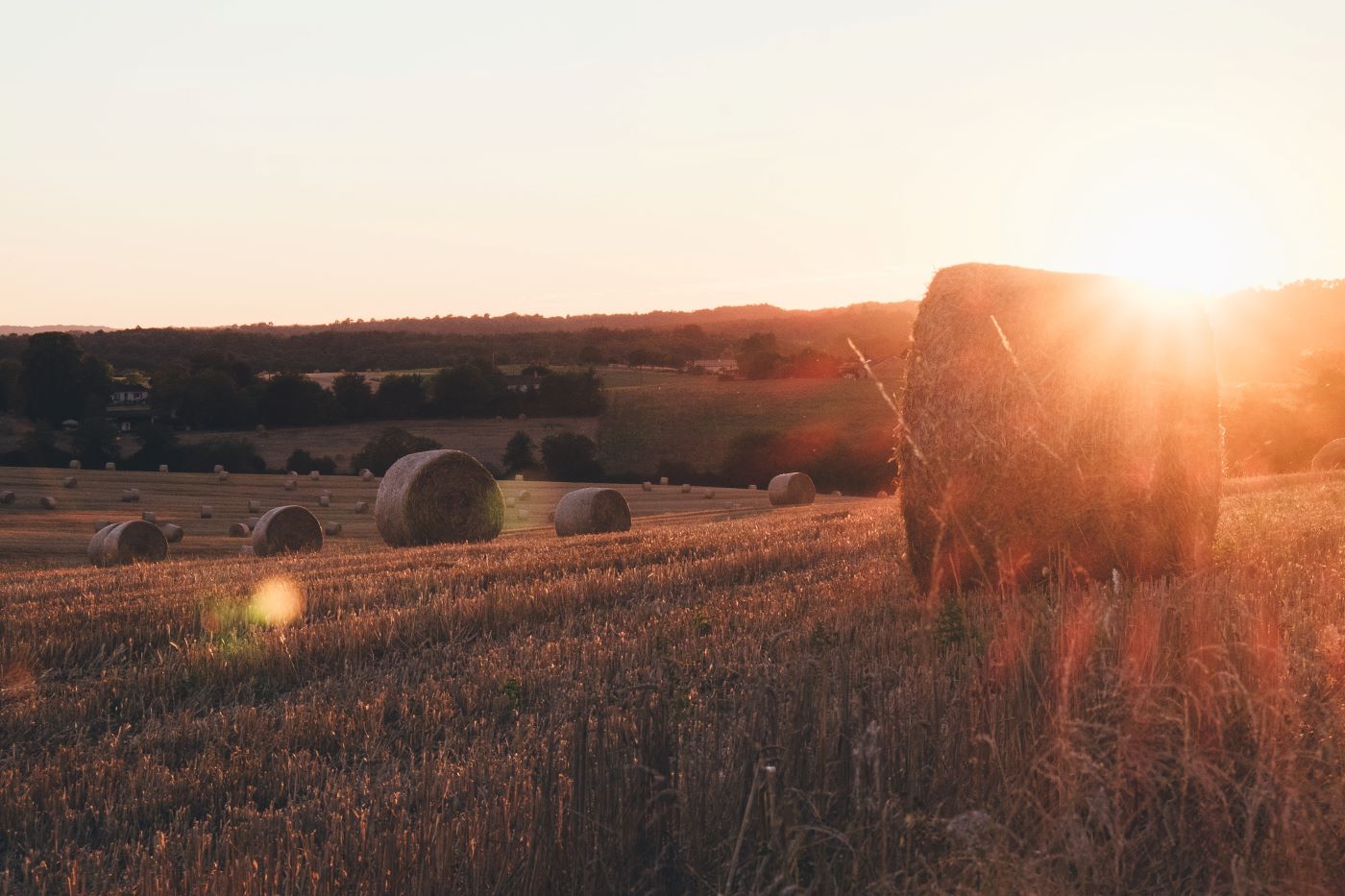Community energy is not yet commonplace in England, but the Campaign to Protect Rural England (CPRE) and a growing number of organisations and people believe it should be. Rural communities have been at the forefront of this agenda.
Making community energy work where you live
 Ouse Valley Energy Services Company’s (OVESCO) award-winning community energy project
Photo: © Ashton. Andrew Aitchison
Ouse Valley Energy Services Company’s (OVESCO) award-winning community energy project
Photo: © Ashton. Andrew Aitchison
What is community energy?
The essence of community energy is that − whether it is about saving energy through improving the energy efficiency of local buildings or producing renewable electricity or heat locally — it is led and owned by communities. This means that a range of benefits, including financial payback and reduced energy bills, will go directly to all of those within the communities taking them forward. This is particularly important in rural communities where, on average, energy costs are higher and home energy efficiency lower than in urban areas.
The vast majority of UK energy projects − mainly generation − are led and owned by large commercial developers. As a result, too often the benefits flow out of the communities. And the impacts, often significant in the case of large developments, are most keenly felt locally, especially by rural communities that tend to be closest to the larger infrastructure projects.
Energy efficiency and generation
Community energy projects could and should encompass energy efficiency and other demand reduction as well as generation. We would like to see reducing the amount of energy we use become a much stronger part of the community energy approach as well as in our energy system more generally. However, there is no doubt we need new generation too — and we should be encouraging smaller, decentralised schemes with at least some of the energy used locally, rather than relying only on big, centralised generation.
Renewable energy projects owned exclusively and led by communities will generally be relatively small scale and, if they are well sited and well designed, the negative impacts on the countryside will be low. This is more likely to be the case if the communities where the projects are situated also lead in designing them.
Key points from our workshop
On 17 July 2015, CPRE held a workshop for community representatives – the majority from rural areas − to provide a practical introduction to community energy and help them to initiate and get involved in community energy projects. Those that took part in the workshop included parish councillors and staff, members of CPRE’s local groups and representatives of other community groups.
A number of important principles for community energy projects were set out at the workshop, including that they should:
- Be led by the local community with broad buy-in from it
- Ensure that the local community gets direct benefits
- Focus on energy reduction as well as low-carbon energy generation
- Be sensitive to area where the project is situated, including impacts on the landscape and wildlife
Several ingredients for success for community energy projects also emerged from the workshop, including:
- Ensure your project team has all the necessary skills covered
- Develop a sound and realistic project plan
- Ensure there is sufficient focus on delivering the community benefits
- Keep the project simple, at least to start with
- Communicate how the project is different from the current way energy is ‘done’ and avoid jargon
- Take your time and listen to make sure everyone that wants to be included can be
- Make it fun and positive e.g. through community social events and keep people posted on progress
Discussion at the workshop also highlighted that further political support is needed for community energy and, in particular, the Government needs to reduce barriers. CPRE intends to help identify ways this can be done, for example drawing on the experiences of rural communities to identify possible solutions. More people also need to get involved in community energy projects, which could help convince the Government to do more to support them.
Below you can see the presentations from the workshop, and download the slides that were used. These include practical tips from a number of presenters on how to take forward a project in your community, and case studies on two specific community energy projects − Ouse Valley Energy Services Company (OVESCO) in East Sussex, and Gamlingay in Cambridgeshire.
Community energy hub
There is now a new web-based community energy information hub providing information and support to community energy groups across the country. The online hub gives access to a wealth of information, tools and resources on community energy available on the web, and enables communication by helping people to find community energy groups with common interests, meet potential supporters or partners, share information and promote projects. You can also give feedback on the hub itself — what you think of it and anything you’d like to see that isn’t on the site at the moment. The hub has been put together by the Energy Saving Trust, Project Dirt, Community Energy England and others. The site content can be viewed by anyone, but you will be able to use more of the hub’s functions if you register on the site (e.g. the ability to upload information and greater communications reach etc.), and it will be more useful as a way to meet other people who can help.![]() Community energy hub
Community energy hub
Presentations
Videos
Slideshows
Presentations from speakers
CPRE and community energy (455K PDF)
Introduction to community energy, Community Energy England (761K PDF)
Community energy case study: OVESCO (2.8MB PDF)
Community energy case study: Gamlingay (667K PDF)
Financing, leadership and governance for projects, Pure Leapfrog (1.1MB PDF)
More featured articles
-
We're making some changes2019-08-01Calling all graduates...2019-06-24Women countryside campaigners: the 1920s2019-01-31The landscapes they left behind2018-11-09A deposit return system for England2018-03-28Emma Bridgewater on CPRE's big ideas2017-07-24My England: the photographer’s vision2017-04-19Leicestershire: A Heritage at Risk2017-01-05And that’s a wrap!2016-12-23What next for rural England?2016-12-16Finding inspiration in the Green Belt2016-12-16Protecting our literary landscapes2016-12-07Celebrating 90 years of CPRE2016-12-07Web survey book winners announced2016-10-28Why we should buy locally produced food2016-09-27



